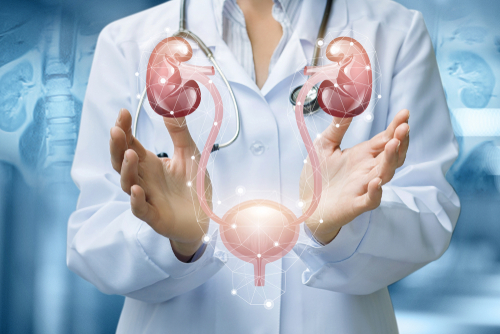Gynecology
Gynecological Cancer
ARMC's medical staff is dedicated to determining the proper course of treatment for each patient. Our gynecology specialists, radiologists, and surgeons work together to achieve this goal while at the same time, providing out patients the quality care in a comfortable environment.Available treatment options for gynecological cancer include: surgery, chemotherapy, and radiation therapy. To learn more about the treatment options, please consult your physician. Since each patient is unique in her health needs, your physician will take this into consideration in determining the best course of treatment for you.
Hysterectomy & Alternative Options
While a hysterectomy can be a life-saving surgery for women with certain types of cancer or uterine hemorrhage, there are many alternatives for treating benign uterine conditions.New Technologies, More Options
The advantages of less invasive procedures may include:Fertility preservation (embolization)
Lower risk
quicker recovery
reduced expense
Uterine Fibroid Embolization (UFE)
Clinically proven to be successful in reducing the major symptoms of uterine fibroids including pain, excessive and prolonged bleeding and frequent urination, UFE is an exciting alternative to hysterectomy.UFE is performed by an interventional radiologist -- a physician who uses X-rays and other imaging techniques to diagnose and treat conditions without surgery. Minimally invasive, UFE only requires a small nick to the skin, through which a catheter is threaded into the blood vessels that supply the fibroid(s). Tiny particles released into the blood vessel, which cut off the blood supply to the fibroid, causing it to shrink. This procedure takes less than one hour, and most patients are back to work within a week to 10 days.
Clinical studies reveal that up to 96% of women treated with UFE reported being satisfied with the procedure. Following UFE, fibroids shrink to an average of 48-78%. Most women experience a significant reduction in pelvic pain, menstrual bleeding, and frequency of urination after this procedure.
The potential benefits of UFE:
Decreased pelvic pain and pressure
Decreased menstrual bleeding from symptomatic fibroids
Improved urinary function
Preservation of the uterus
Return to work and/or activities sooner
Shorter healing time (compared to hysterectomy)
Shorter hospital stay (compared to hysterectomy)
Significant improvement in patient's physical and emotional well-being

